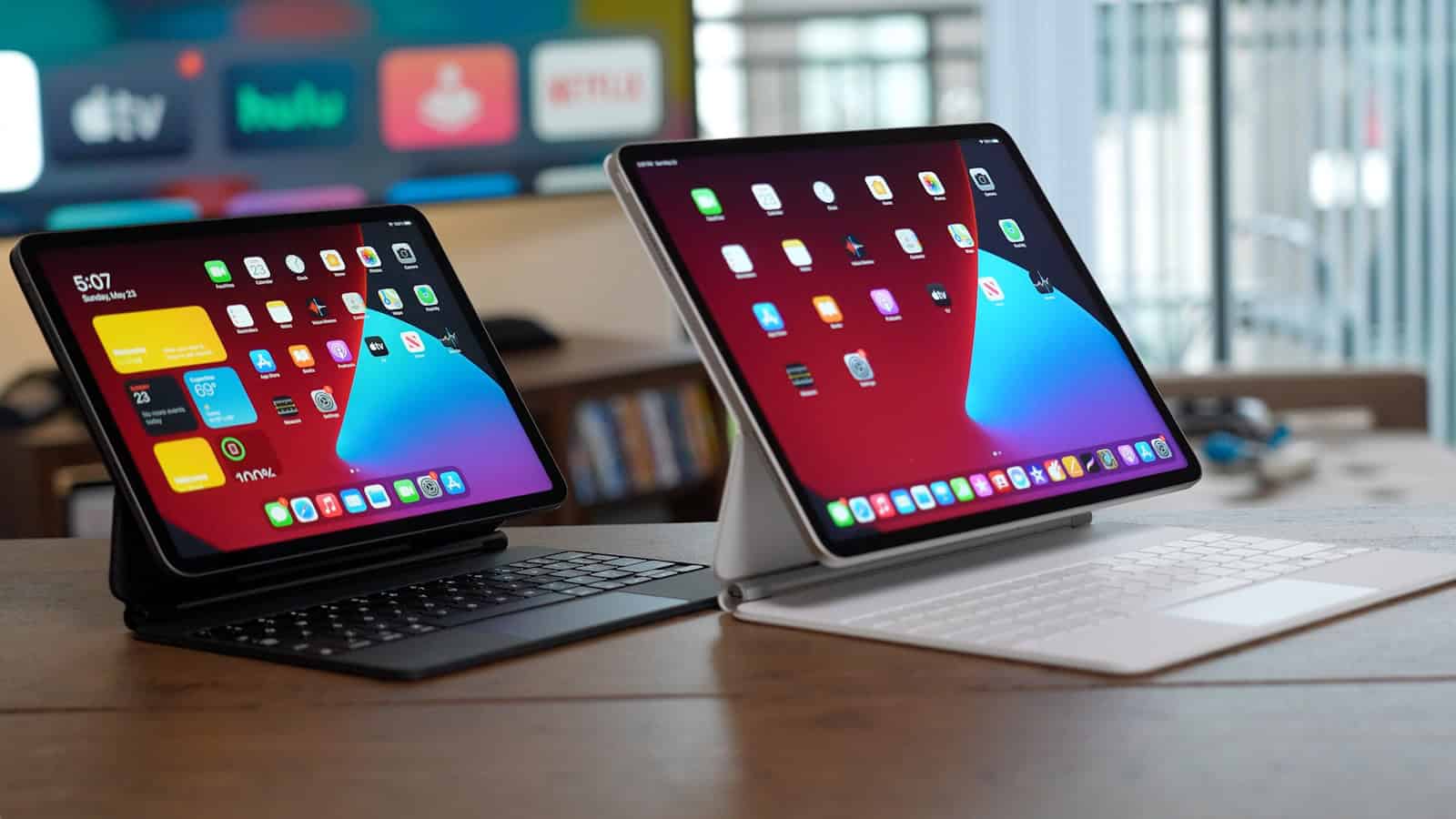The iPad has been very successful in the global tablet market since it was first released. Reports show that Apple’s iPad holds a large portion of this market, outperforming its competitors. In the fourth quarter of 2023, Apple reportedly captured 40.6 percent of the global tablet market, showing an increase from the previous quarter. iPads experienced year-over-year growth, demonstrating consumer preference and brand strength. Various factors contribute to the iPad’s market position, including its ecosystem, design innovation, and wide range of applications, making it a preferred device for many users. Additionally, its adaptability in personal and professional environments further solidifies its market share, reflecting Apple’s strategic planning in product development and marketing.
Analyzing Apple’s Dominance in the Tablet Market
Global Market Share
Apple consistently holds a significant share of the global tablet market. In Q1 2024, Apple’s iPad claimed 32-36% of the market share, depending on the source. This dominant position showcases the popularity and demand for iPads worldwide.
Key Competitors
While Apple leads the market, other major players like Samsung and Huawei hold a considerable share. Samsung, in particular, maintains a strong second position, competing with its Galaxy Tab series. Huawei, despite facing challenges, remains a significant player, especially in the Chinese market.
Factors Contributing to iPad’s Success
Several factors contribute to Apple’s continued success in the tablet market:
- Brand Recognition: Apple’s strong brand reputation and loyal customer base play a crucial role in driving iPad sales.
- Ecosystem Integration: The seamless integration between iPads and other Apple devices, like iPhones and Macs, enhances the user experience and encourages brand loyalty.
- App Ecosystem: The App Store offers a vast selection of high-quality apps optimized for iPads, catering to diverse needs and interests.
- Hardware and Software Innovation: Apple consistently introduces new iPad models with advanced features and improved performance, keeping its offerings competitive.
- Marketing and Distribution: Apple’s extensive marketing efforts and global distribution network ensure that iPads are readily available and visible to consumers.
Market Share Trends
While Apple maintains its lead, the tablet market is dynamic, with fluctuations in market share depending on new product launches, economic conditions, and consumer preferences. Recent trends indicate a slight decline in Apple’s market share, but the company remains the dominant player in the industry.
Table: Global Tablet Market Share (Q1 2024)
| Vendor | Market Share |
|---|---|
| Apple | 32-36% |
| Samsung | 20% |
| Huawei | 8% |
| Others | 40-44% |
Key Takeaways
- iPads hold a robust position in the tablet market, reflected by a commanding market share.
- Despite a shrinking overall tablet market, iPads see consistent year-over-year sales growth.
- Market dominance is aided by continuous product innovation and a versatile ecosystem.
Overview of iPad Market Share
Apple’s iPad remains a key player in the global tablet market. The iPad holds a significant share that has seen historical highs and market competition across the years.
Historical Market Share Trends
Apple launched the first iPad in 2010. It quickly became a staple in the tablet market. By 2013, iPads ruled with a 75.24% market share. However, the following years saw a gradual decrease. In 2019, iPads held a 70.32% share. By the end of 2022, this averaged at 52.62%.
Comparative Analysis with Competitors
In the tablet arena, Apple’s primary competition comes from companies like Samsung. Despite the competition, Apple maintained a strong position. As of the fourth quarter of 2023, iPads had a 40.6 percent share worldwide. This shows the brand’s resilience in a diverse global market.
Factors Influencing iPad Market Dynamics
A variety of elements affect how iPads sell in the market. These include advancements in technology, what consumers want, and economic forces.
Technological Advancements in iPads
Apple consistently innovates to improve iPad performance. They use powerful chips and advanced operating systems. These upgrades keep the iPad ahead of many competitors. With each new model, customers see faster speeds and better features.
End-User Demand and Market Drivers
Consumers buy iPads for work, play, and study. Demand goes up as more people use iPads for different reasons. The education market found iPads useful, especially during the pandemic. This kept demand high even as chip shortages made electronics hard to make.
Economic and Regulatory Impact
The price of iPads can change with the economy. When the economy is good, more people can buy iPads. Sometimes, governments make rules that affect how tech companies work. Apple has to think about these rules as it makes and sells iPads.







